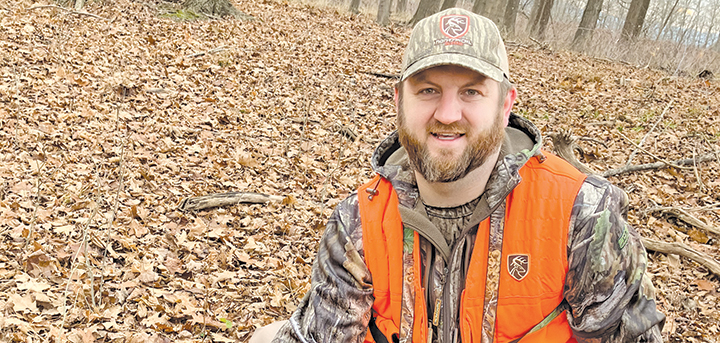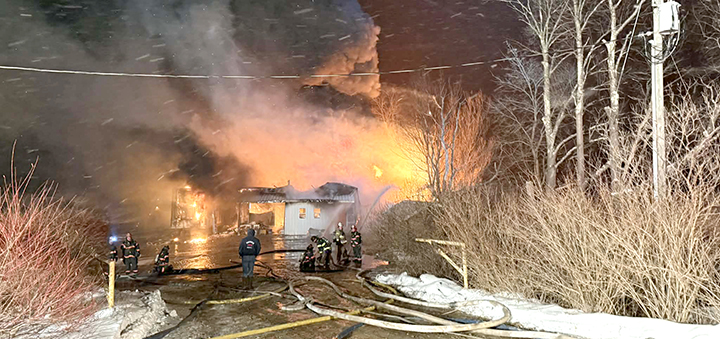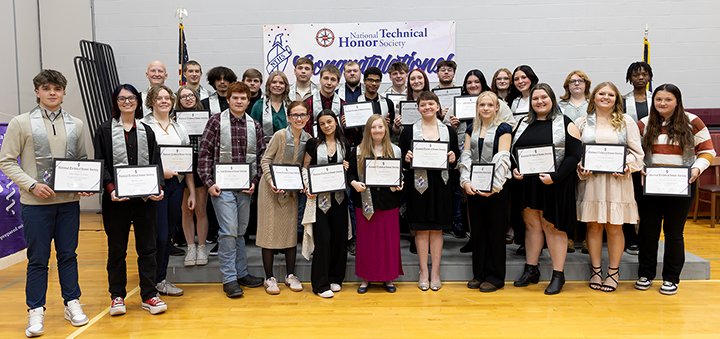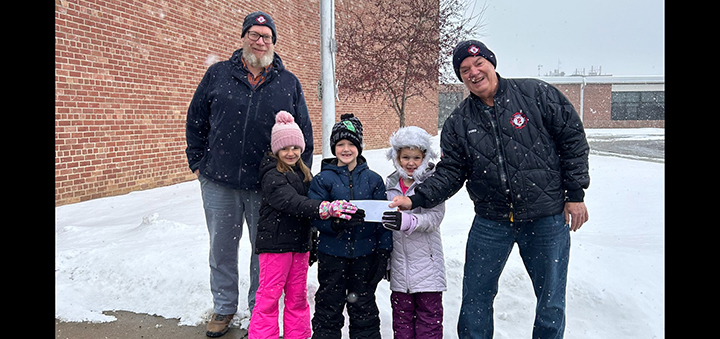Outdoor Chenango: Kill kit: The gift for new hunters
Several years ago, I drove out to Watkins Glen to deer hunt on the winery I have hunted since high school. It was the last day of rifle season and we decided to do some deer drives in hopes of one guy shooting a deer (the rest of us had harvested at least one deer each already in the season). After the first drive only had fawns come out, we moved around to start the second drive.
Barely after the drive started a shot rang out. I was a driver, so I waited for a minute or two and then continued. Just as I had restarted walking another shot rang out. Again, I waited a minute and then started to move. Once we came out to the logging road where the drive ended, we learned that one hunter had shot two deer. My friend Thomas offered to field dress one of the deer for the shooter so that we could get started with the next drive sooner. So, we split into two parties to dress the deer. I helped the shooter by holding the legs when needed to make the work easier for him. After we finished, we noticed the other group was not done so we went to check out their progress. Turned out Thomas forgot his knife that morning. Then when he borrowed a knife from another hunter, he cut his hand with it. Talk about a bad morning! Mike, the knife owner, had to take over and finish dressing the deer. When he finished, he asked Thomas for his drag rope, to which the reply was, “I forgot that too.” I went back to the winery to hunt during the muzzleloader season and Mike told me that he was going to give Thomas a “kill kit” for Christmas that year.
What exactly is a “kill kit”? It is everything you need after you make a kill in the deer woods all in one package. I have made and gifted three kits to beginner hunters in the past few years. So, if you have someone that you think could use one, here is what I included:
Case: As I put the kit together, I wanted it to be something you could put into the pocket of a game vest or into a pack if needed. I ended up buying a small binocular case with a zipper on the top. This came with a belt-loop on the one side so you could even fasten it to the outside of a bag or put it on your waist.
Gloves: Field dressing is a dirty job and you should protect yourself from catching any sort of disease from working on the inside of the deer. I like nitrile gloves over latex because they do not dry rot as fast, so they do not rip on me as much. I put 3 pairs of gloves inside of a sandwich baggy and squeeze the air out, so they take up less space. Then I place this bag inside of another baggy. That way you have a place to put the dirty gloves when you are done dressing the deer that won’t get your clothes bloody. Do not leave used gloves in the woods.
Headlamp: Shooting a deer just before the sunset can cause you to be field dressing a deer in the dark. A headlamp allows you to use both hands compared to a flashlight (or your cell phone). The headlamp can also be handy if you have a long walk out in the dark.
Drag Rope: A short piece of rope of adequate strength will work. If your rope is too long, you will be dealing with the front of the deer not coming up and over obstacles such as logs and rocks. Find a stout piece of limb near your harvest and wrap the rope around it in the middle to give yourself a good handle to drag the deer with.
Flagging Tape: A roll of flagging can help you mark where last blood is if you start to lose the blood trail. It is also handy to mark something you want to come back to for one reason or another. I had my wedding ring fall off my finger in the process of gutting a deer and removing my gloves in a snowstorm. I was able to hang some flagging where I took my gloves off and Mike went back with a metal detector a couple days later and found the ring in a minute or two.
Knife Sharpener: I keep a simple pull-through style sharpener in my kit just incase my knife seems to be dulling as I am working. Not usually a problem on the first deer but if you are lucky enough to harvest more than one deer in a day, your blade may need a touch up before starting on the second deer.
Pen/Marker: You need to fill out your harvest tag immediately upon harvest. I wait until I have found the deer then fill mine out.
Zip Ties: I use these to attach the tag to the animal. For bucks, just wrap it around an antler in a place where it will not slide off. For does or spikes, cut a small hole in an ear and put the zip tie through it.
Tag Holder *New in 2024*: With the implementation of regular paper tags, the need to keep the tag dry and legible is the burden of the hunter. A waterproof license holder, mainly used for fishing licenses in other states, works perfectly. It has a lanyard hole in it that you can use to zip tie to the ear or antler of your harvest. Another option is double sandwich baggies. Put your tag in the inner bag, then cut a hole in the outer bag for your zip tie to go through.








Comments